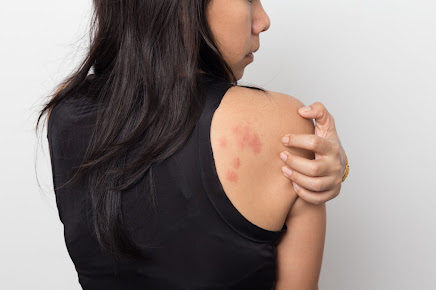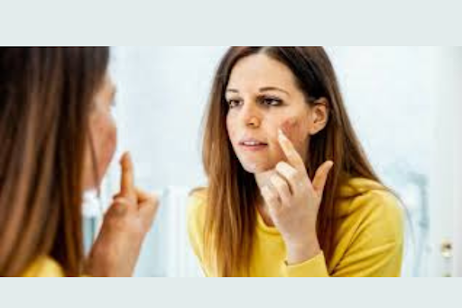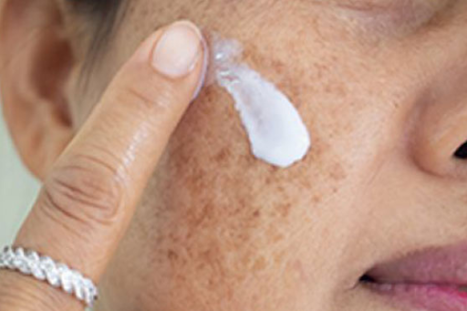Bridal Facials in Gurgaon: Everything You Need to Know

Bridal Facials in Gurgaon: Everything You Need to Know Gurgaon is a city that is renowned for its luxurious lifestyle and high-end beauty treatments. When it comes to bridal facials, Gurgaon offers a wide range of options to choose from. A bridal facial is an essential part of a bride's pre-wedding preparations. In this article, we'll be discussing everything you need to know about bridal facials in Gurgaon. Why is a Bridal Facial Important? A bridal facial is important because it helps to improve the skin's texture, tone, and radiance. It is a relaxing and rejuvenating treatment that helps to reduce stress and anxiety before the big day. A bridal facial also helps to remove impurities, dead skin cells, and other toxins from the skin. This leaves the skin feeling fresh, soft, and supple. In addition, a bridal facial can also help to reduce the appearance of fine lines, wrinkles, and blemishes. Types of Bridal Facials There are several types of bridal facials available in Gu...




